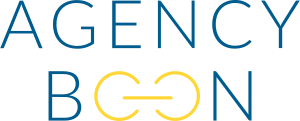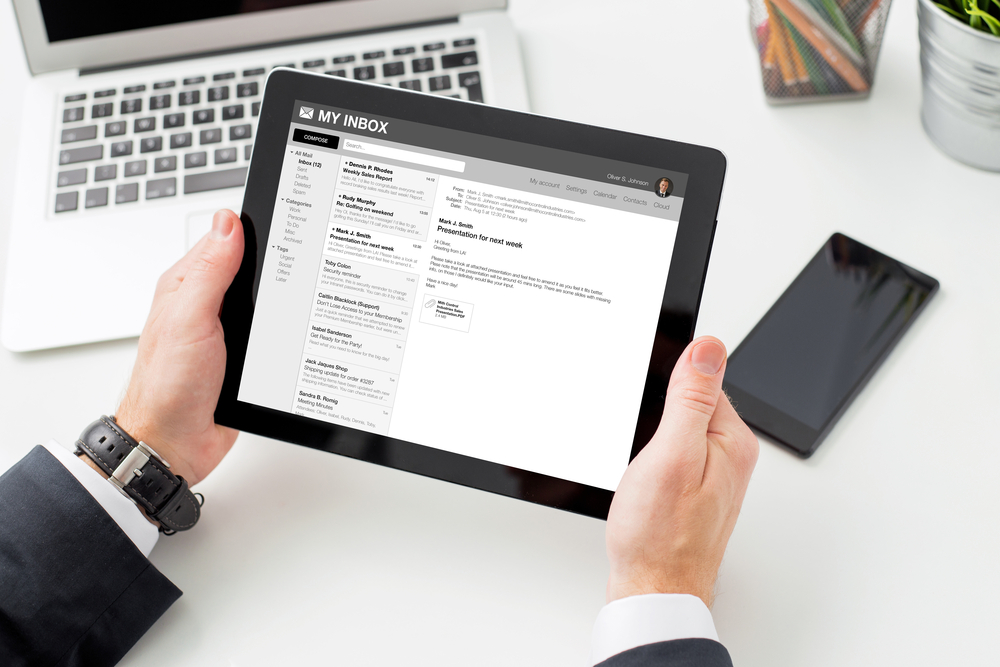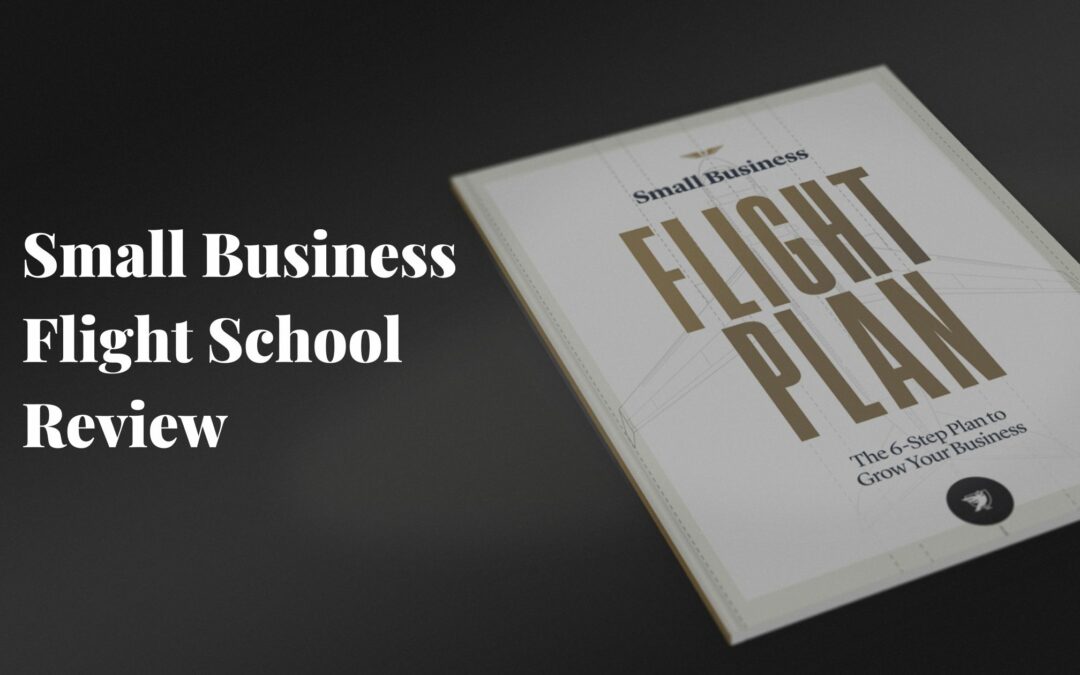If you are a small business owner, you’ve likely already heard that it’s important to “nurture your leads”. If you’re stuck wondering how to nurture leads, this blog post is for you. Although no two email nurture sequences look the same, almost all nurture emails fall into one of three types of emails. Your nurture emails are either providing valuable content, sharing a success story, or selling a product or service. Below you will find three sample StoryBranded nurture emails, one for each category, that you can use for inspiration and guidance when writing your own nurture emails.
Why Use the StoryBrand Framework to Write Emails?
The main difference between an email that follows the StoryBrand Framework and the majority of the emails in your inbox is the focus of the content. Instead of focusing on your company in your communications, StoryBrand teaches business owners to focus on their customer’s problems and how their product or service can provide solutions. Your company is not the hero; the customer is. You are the guide, leading them to their happy ending.
If you’d like to learn more about using the StoryBrand Framework in your emails, read these posts for additional guidance:
- Everything You Need to Know About the StoryBrand BrandScript
- How to Write Emails that Get Results
- Write Better Emails by Putting Your Customer First
- The Importance of Nurture Emails
How to Write Great StoryBranded Nurture Emails
There are four key characteristics of effective nurture emails. Your nurture sequence emails should be:
- Short and to the point.
- Focused on your client, not your company.
- Full of valuable information.
- Summed up with a clear call to action.

If you venture into your own email inbox, you’ve probably got hundreds of messages coming in each day. Pay attention to the ones you open regularly and enjoy reading. Chances are, they follow the four keys above. The ones that don’t are likely the ones you send to the trash without even glancing at them.
To help you see what a StoryBranded nurture email looks like in action, here is a glimpse into the Agency Boon nurture email sequence. (If you’d like regular examples of StoryBranded nurture emails, sign up here.)
3 Sample StoryBranded Nurture Emails
There is no one size fits all formula for nurture emails. Everyone has their own style, tone, and technique. However, almost all nurture emails you send will fit into one of these three categories.
Nurture Emails that Introduce Valuable Content
By far the most common type of nurture email is one that introduces valuable content. This valuable information could be in the form of a blog post, podcast episode, how-to guide, tips, or ideas. Keep in mind, you don’t have to create all of this content yourself. You can always curate resources for your audience, which means you find and send out helpful information that was written by someone else.
This is the format we use with almost all of our nurture emails. The email itself is a short, enticing summary of a new blog post we’ve written. We then place a link to the full post at the bottom of the email. Our call to action tells readers to click the link and read the blog post. Here is an email we wrote for this post about nurture emails:
Subject Line: Learn why no one is opening your newsletter.
Preview: 7 tips for writing great nurture emails.
Do you send out regular “newsletters” to your clients? If so, you’re probably wasting your time.
Here’s why:
Although you may find it super interesting that your revenue increased, you hired a new accountant and repainted your office wall, your customers don’t really care. They just want to know how you can make their lives better.
A lead nurturing email is NOT a company newsletter. Your goal is to help your customer, not bore them by talking about your company.
You want each email you send to provide value to your customer. Your goal is to give them so much helpful information that they actually look forward to reading your emails and maybe even forward those emails to their friends.
Click here to learn 7 tips for writing great nurture emails people actually want to read.
From the Agency Boon Team
Your StoryBrand Certified Guides(And seriously, stop sending newsletters.)
Why this nurture email introducing valuable content works:
This email is short and concise, only 148 words. Yet, it addresses a real pain point (no one is opening your emails) that our audience (business owners) has. The subject line tells you exactly what the email is about. Then, the body of the email gives away one of the tips to begin solving the reader’s problem. The email ends by clearly telling readers how to learn more (by reading the blog post).
It has a conversational, personable tone that ends with a bit of humor. This makes the audience feel more engaged because they are receiving an email from a real person, not a monotone, corporate robot.
In general, these nurture emails work well because they are helpful. If your emails always contain valuable information that will help your potential clients succeed, they will open them. The more people read your emails, the more they begin to trust and respect you and your company. When a potential client decides to hire someone to solve their problem, you will be at the top of their mind.
Nurture Emails That Share Success Stories
This method of offering value may feel a little counterintuitive. After all, isn’t sharing a client success story focusing a lot on your company instead of on your customer? Yes and no. It depends entirely on how you frame it.
Sharing a real-life example of how your product or service can solve a potential client’s problem gives your company credibility and authority. By presenting the testimonial in a way that focuses more on the results and success than your company, readers imagine themselves as the hero in the story with your company as their guide.
Here is an example:
Subject: That Time Amy Doubled Her Revenue…
Preview: Learn her secrets so you can do the same.
Sometimes the smallest changes deliver the biggest results.
Amy had been a financial coach for eight years. She knew she had a great system that was transforming women’s lives by helping them learn to trust themselves with money. Yet, her business wasn’t growing as quickly as she’d hoped. In fact, she hadn’t seen any business growth for the past two years.
Amy reached out to Agency Boon and her business began to take a turn for the better. Now, just one year later, she is on track to double her revenue.
Want to know how she did it?
You’ll have to read our latest blog post to find out 😉
How Amy Doubled Her Revenue
From the Agency Boon Team
Your StoryBrand Certified Guides
Why This Testimonial Email Works
In this email, we show how our services can help business owners struggling to grow to start thriving again. It outlines a problem our audience feels and how a real person was able to solve that problem, with our help. Yet, we aren’t focusing on how great Agency Boon is. In fact, we only mention ourselves in one sentence out of the whole email. The real focus is on the results: how well our services worked for Amy and how quickly she was able to see growth.
The email is still short, only 115 words. The subject line entices you to open the email and tells you exactly what you’ll find inside. The call to action at the end guides readers to take the next step.
Business owners wanting to grow their business will follow that call to action and read the full blog post. After they see how well working with Agency Boon worked for Amy, they will likely click the call to action at the end of our blog post and schedule a call with us to learn how we can help them too.
Nurture Emails That Sell
Sales emails often feel tricky. No one wants to hound their customers for sales or use coercive tactics. Fortunately, you don’t have to. For this example, we will go directly to the master himself for this example- Donald Miller, the creator of StoryBrand. Here is an email he sent announcing his latest book:
Subject: If only I had this book 10 years ago…
Preview: I’d have grown my business twice as fast.
Are you tired of the day-to-day “BS” of running a business?
When you’re drowning in details, it’s hard to grow your business at more than a snail’s pace.
I’ve been there, and it’s no way for an entrepreneur to live.
That’s why I wrote my new book, How to Grow Your Small Business. In this book, I share my journey of building a business from $0 to $15M and the 6 crucial things that skyrocketed our growth in years 7 and 8. Even though I started my company 12 years ago, most of the growth has happened in the past 5 years.
What I’ve come to realize is this: I could have grown my business much faster if I had started out with the 6 steps I write about in this book.
What took me 12 years to figure out, I’ve condensed into one book and am passing it along to you.
You don’t have to work 80-hour, frantic work weeks to be a successful entrepreneur.
When you know the 6 key parts of building a business, you can finally…
- Build a profitable business
- Hand off the day-to-day operations so you can get back to entrepreneuring
- Live life on your terms with more freedom and flexibility
Since implementing the 6 key frameworks in this book, I’ve been able to stop stressing 24/7 about my business, start passion projects, and invest more time in my family and personal health.
These frameworks have helped thousands of other entrepreneurs scale their businesses and build a life they love – and it will help you do that, too.
Pre-order now and you’ll get a FREE audio summary with the 6 steps delivered to your inbox immediately.
Start listening to the audio summary in the car (it will take you a little over an hour), and you can start making simple changes to your business immediately. Even if you just take one of the 6 steps, you will see an enormous financial return for your business.
To entrepreneurship,
Donald Miller
CEO, Business Made Simple and author, How to Grow Your Small Business
Why This Sales Email Works
There are several factors that make all the difference between spammy sales emails and helpful sales emails. You will notice that this email is longer than the other two examples. Although we always use our company BrandScript to guide our messaging, sales emails often contain the whole BrandScript. Your sales email should show the problem, solution, and success that the product can bring.
By focusing on the transformation the product brings instead of solely on the product itself, you are selling without making people feel sold to. After reading this email, I have no idea how long the book is, how many chapters there are, or even when it will be released. However, I know that it can help me grow my business faster and that is all the information my brain needs to decide that this product will help me survive and thrive.
This email is also not random and out of the blue. I get emails from Donald Miller at least every week telling me about the latest podcast episode or training they are offering. I know he always sends helpful information so my brain is trained to see this email in the same way. Although Donald Miller is selling me his book, my brain perceives this product as help, the solution to a problem. Since I already trust him, because he has already sent me so much helpful information in the past, I am very eager to say yes and click that buy button.
Now that you have three sample StoryBranded nurture emails for inspiration, you are ready to write your own nurture email sequences.
Remember to:
- Frame your client as the hero and your business as the guide.
- Provide valuable information that solves a problem.
- End with a call to action.
If you can do that, you’ll be well on your way to writing stellar nurture emails that get results.
If you need additional guidance creating your own StoryBranded messaging contact us today to speak with one of our Certified StoryBrand Guides. We specialize in helping small business owners grow their businesses with clear messaging and amazing websites.





